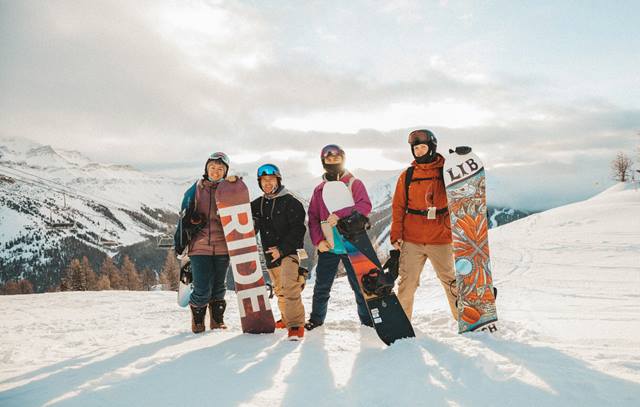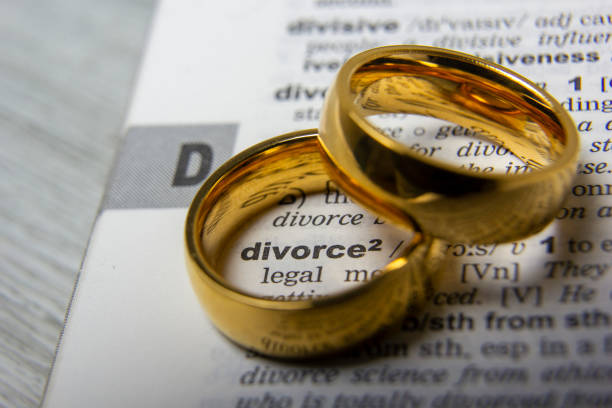The season is upon us, the snow is on the ground, and this means it is time to shred some powder!
Before you take off for the mountain, I am going to share a few snowboard safety tips with you, cool?
Alright, let’s dive in.
Safety Check Your Snowboard Gear Before Hitting The Mountain
You want to make sure your gear and protective equipment fits right and isn’t too big. Either where you are purchasing the gear or at the resort pro shop, you should be able to have a professional help you.
Gear you will need:
- Boots – You will want to make sure your boots aren’t too big and are able to be tightened enough to protect your ankles.
- Bindings – Make sure that the bindings fit with your boots, and latch well so they don’t come unbuckled while going down the mountain.
- Board – You will want a board that is the right size for your height and weight, and also that is wide enough to fit the bindings and boots you have.
- Helmet – No matter how much experience you have, it is always a great idea to keep your head protected and prevent an injury. So make sure your chin strap gets tight enough to keep the helmet on.
- Goggles – The glare of the sun off the snow can be extremely bright, and could blind you while coming down the mountain. This is not a time that you don’t want to be able to see.
- Clothing – It will be cold and when you fall ( yes, you will fall ), you will want warm clothes that are waterproof and keep you warm: pants, jacket, gloves, a snow hat to keep your ears warm.
Picking The Right Slope For Your Experience Level
The mountain will be divided with multiple different slopes to fit different levels of ability.
Here are the levels for North America:
- Green Circle – Is the easiest with 6-25% grade.
- Blue Square – Intermediate with 25-40% grade.
- Black Diamond – Advanced above a 40% grade.
- Double Black Diamond – Expert level that is extremely steep and with lots of hazards.
Why Is Snowboarding So Dangerous?
Snowboarding is dangerous because you are speeding down snow and ice at 15 – 35 MPH, into a crowd of people with minimal protective equipment, and there is always the potential of the edge catch (where the edge of the snowboard catches and you faceplant).
It is also very fun, if you have never done it. Cruising down the mountain and feeling the fresh winter air, is worth it!
What Is The Risk Of Snowboarding?
The risk is getting injured. There are common injuries among snowboarders, such as these types of injuries:
- Dislocations
- Concussions
- Knee injuries
- Elbow injuries
- Wrist fractures
Sometimes a snowboarding injury can be caused by a reckless snowboarder or faulty equipment and conditions from the resort. If this happens, there might be a case for legal action if you were seriously injured.
Hanson & Mouri, an experienced personal injury law firm, notes the importance of seeking medical attention immediately after you’ve been injured. If the reason for your injury is due to the negligence of another snowboarder, whether purposeful or not, you are entitled to compensation for financial and emotional damages caused.
Don’t Let This Keep You From A Good Time
The last thing this article is trying to achieve, is to scare you into not wanting to get on the mountain and enjoy some fresh powder.
The goal is to let you know what the common injuries in snowboarding are and snowboarding tips to keep you safe. After all, this is a safety blog!
Pack your bags, and go have some fun on the mountain!





No Comment